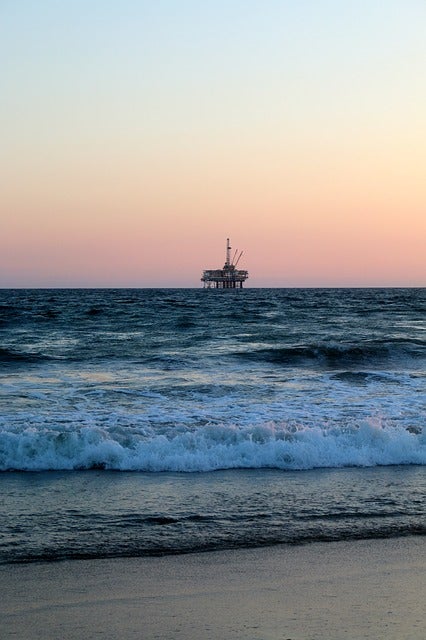
Aker BP has made gas discovery at the near the Bøyla field in the North Sea following drilling of wildcat well 24/9-13 and appraisal well 24/9-13 A in production licence 869 (PL 869).
The wildcat well 24/9-13 was aimed to prove petroleum in reservoir rocks (sand injectites) in the Eocene whereas the appraisal well 24/9-13 A was intended to prove petroleum/water contacts.
Aker BP drilled two wells using Deepsea Nordkapp drilling facility
The firm drilled the two wells about 6km southwest of the Bøyla field, and about 230km west of Stavanger, using the Deepsea Nordkapp drilling facility.
Following drilling to a vertical depth of 2,272 metres below the sea surface, the well 24/9-13 encountered a gas column of about 3 metres in the Hordaland group as well as several sandstone layers with mainly good reservoir quality, totalling 17 metres in the Balder formation. This showed the traces of petroleum.
In a statement, the Norwegian Petroleum Directorate (npd) said: “The sandstones are interpreted as being remobilised sand from the Heimdal and Hermod formation, and injected into overlying stratigraphy in the Rogaland and Hordaland group.”
At the appraisal well 24/9-13 A, the firm encountered a gas column of about 40 metres in injectite zones, of which a total of 7 metres of sandstone is claimed to be good to very good reservoir quality.
The sandstones encountered are interpreted as being injected sands in the Hordaland group.
Overall, the wells proved a gas column of minimum of 77 metres with preliminary estimates of the discovery between 0.6 and 1.7 million standard cubic metres (Sm3) of recoverable oil equivalent.
The licensees are planning to assess the well results for the discovery’s further delineation.
Separately, the Norwegian Petroleum Directorate has granted a drilling permit to Aker BP for well 30/12-2 in production licence 986.
Aker BP operates production licence 986 with a 30% stake while other licensees include Petoro with a 30% stake, Wellesley Petroleum with 20% interest and DNO Norge holding a 20% stake.






